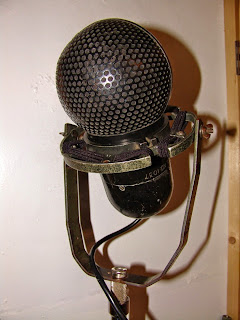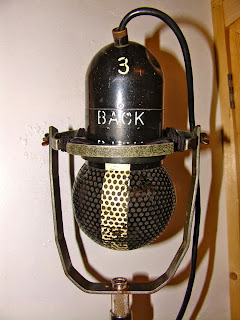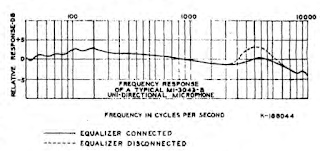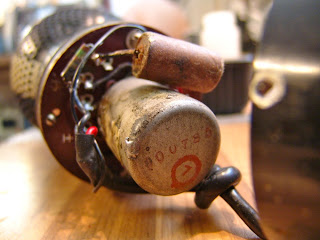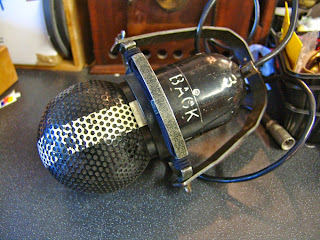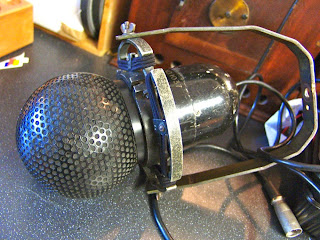We recently made some recordings of some of our oldest microphones, tracking a 125 year-old Martin 0-18 acoustic guitar. The guitar is very special – it was build in 1900 before Martin began selling guitars with steel strings*, and has a very lightly-built Adirondack spruce top and rosewood back and sides. It would have originally been fitted with gut strings and now has a set of Aquila 900 nylon replica gut and silk. I love the warm tone of this elderly little guitar.
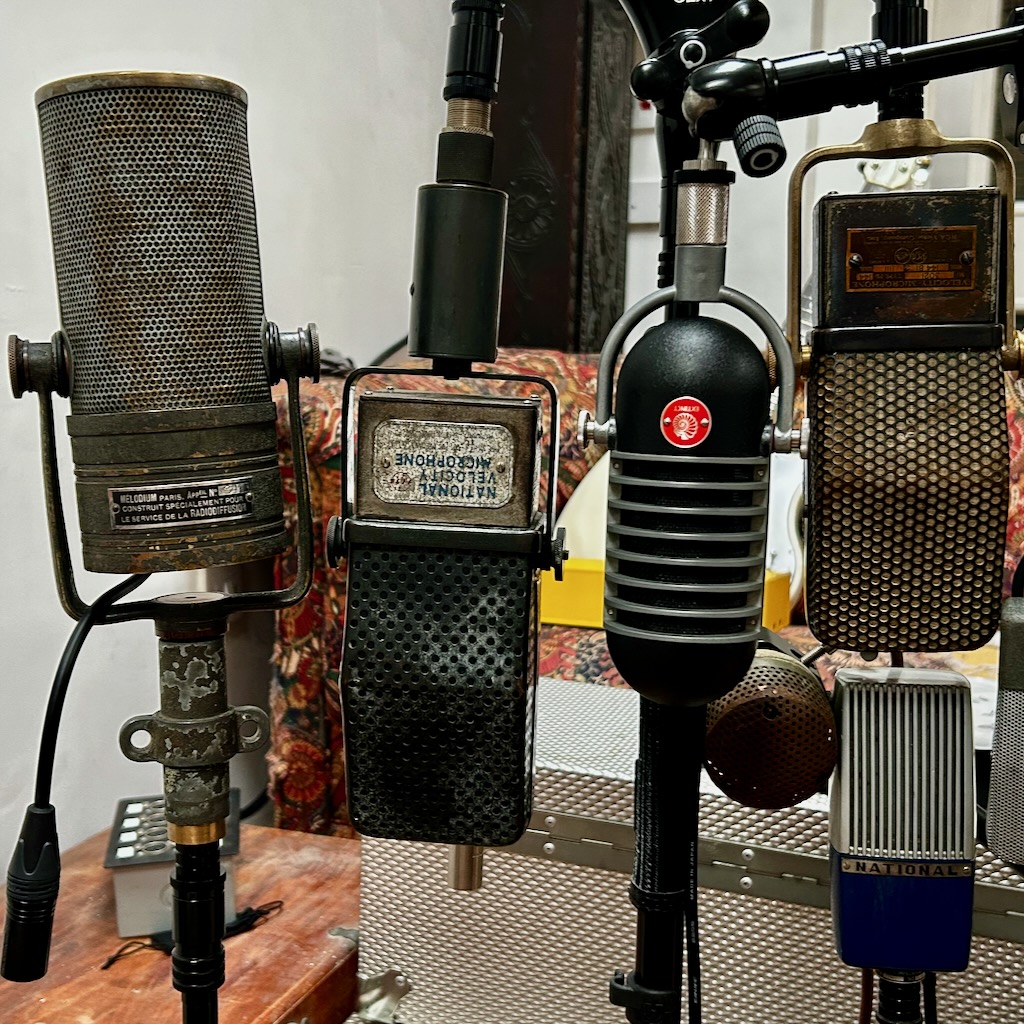
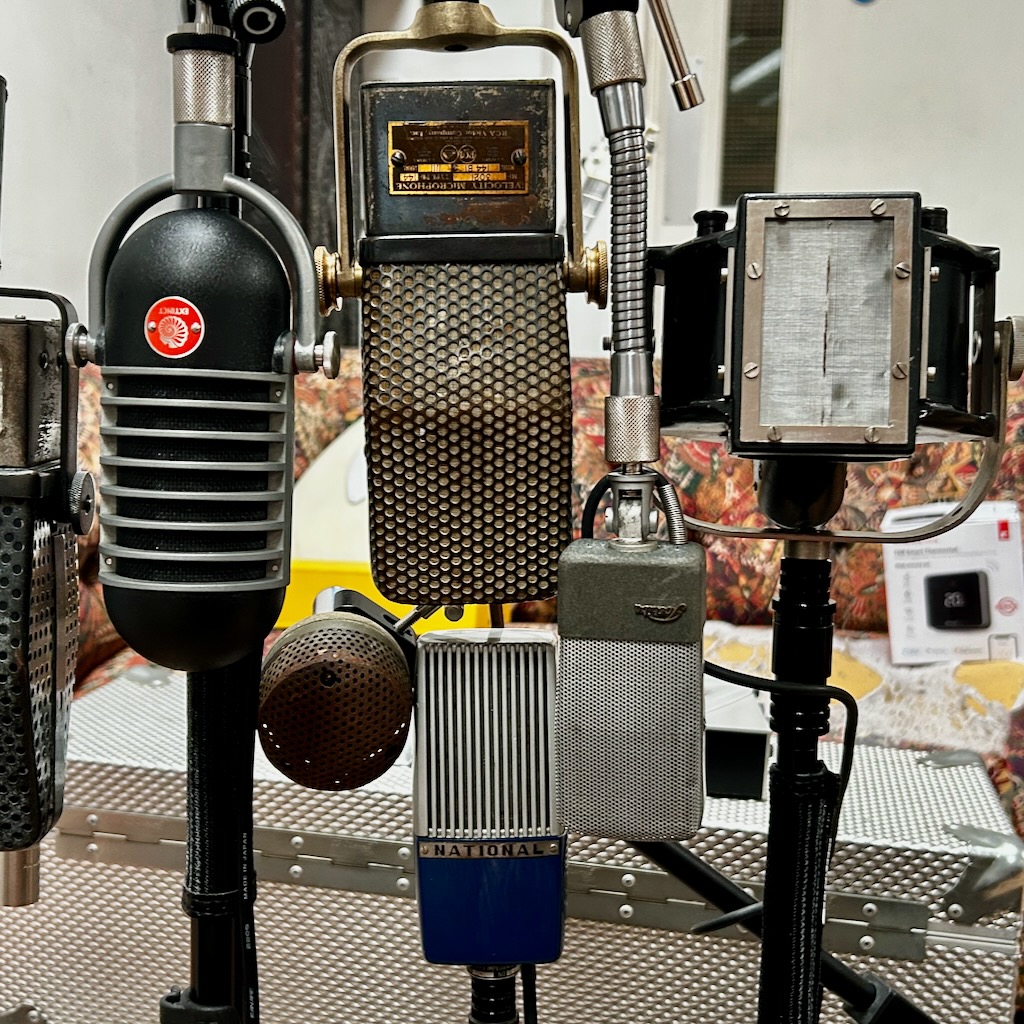
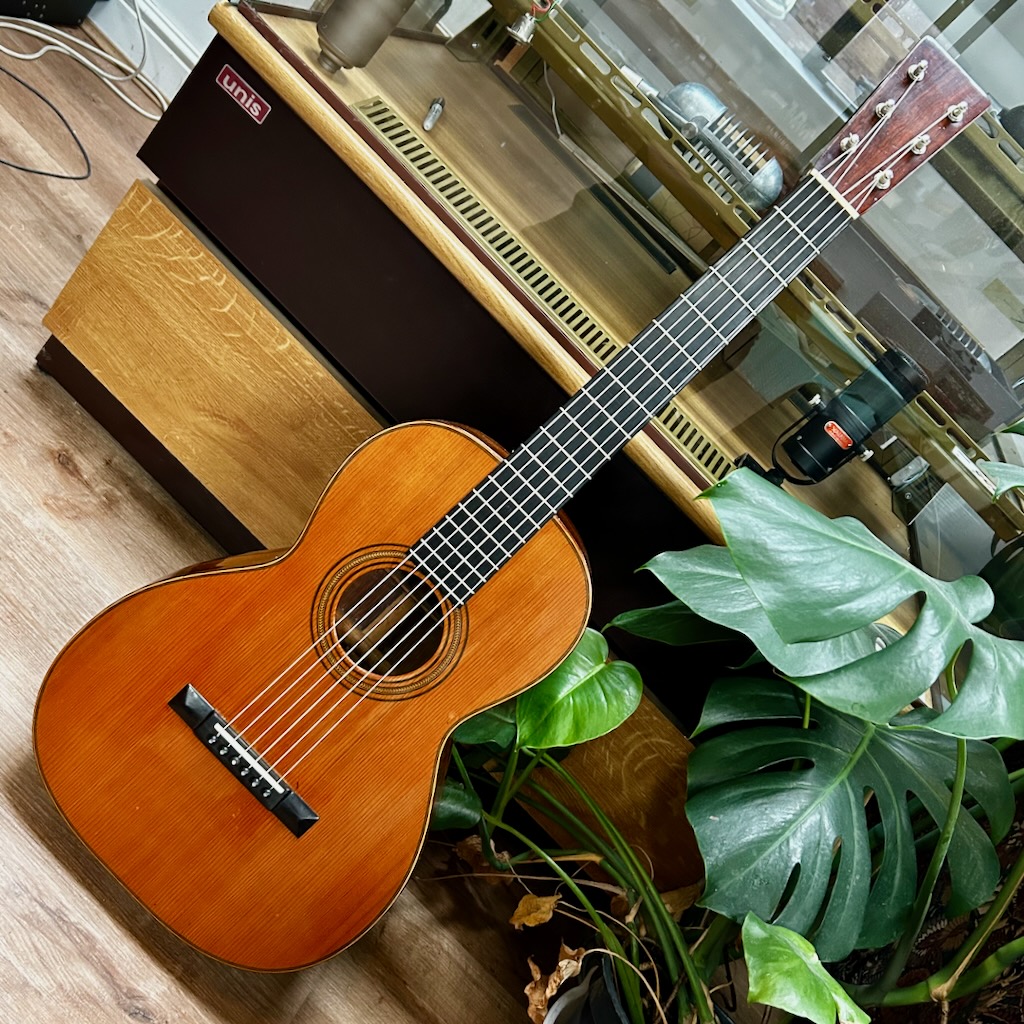
The microphones in question are all quite ancient too, with the exception of the BerZerker from Extinct Audio which we put up for reference. The recordings are below with a description of the microphones. Most are ribbon microphones but we added an STC dynamic into the mix too. All were run directly into a UA Apollo 8 preamp and recorded into Logic with no further processing except that the tracks are normalised when bounced down.
1. Melodium Type R, serviced with new ribbon.
2. National model VM-11 (a replica of an RCA PB type) serviced with new ribbon
3. Extinct Audio Berzerker vocal microphone, new.
4. STC 4021C with VIE grill. This 15 ohm low impedance mic is connected via an Extinct Audio matchbox.
5. RCA PB144 with original ribbon in place.
6. National VM-1 serviced with new ribbon.
7. Toshiba Type C with new ribbon.
8. Siemens ELM 24/III cleaned and serviced with new ribbon.
All of the recordings have merit although some of the older mics have higher noise levels than one would expect from a modern microphone. The VM11 was particularly hissy. As one would expect, the BerZerker had by far the highest output level and needed substantially less gain than the other microphones. I was especially impressed with how good the STC 4021 sounded in this context, and the Siemens mic was impressive too considering it is now around 95 years old.
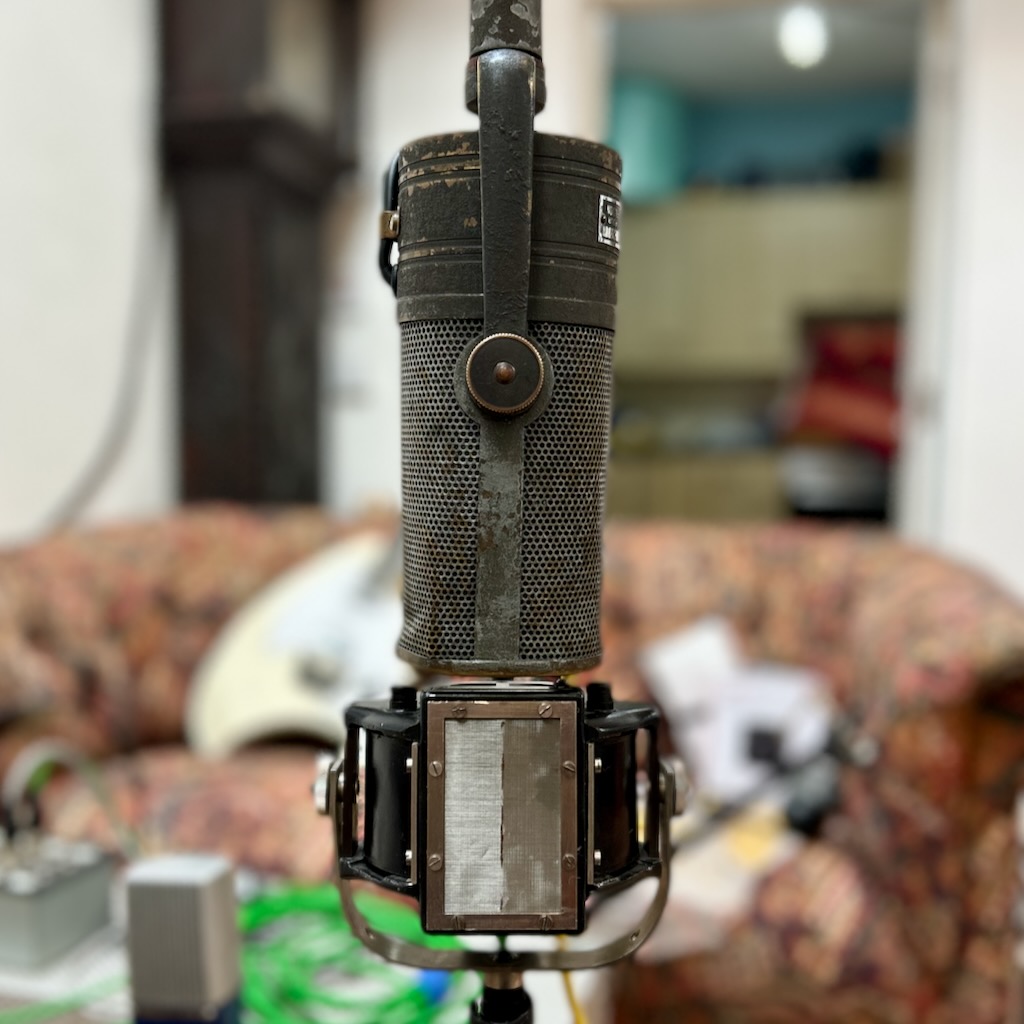
Finally, we made a mid-side recording with the Siemens ELM24/III as mid and the Melodium type R as side. This has a little bit of reverb and compression added for fun.
And so it is fairly easy to make nice sounding recordings with very old microphones, although it helps if they are properly maintained and serviced. For those interested, the pieces of music is roughly “Birds flew over the spire” by Gary Ryan. You can hear a much better performance by Beatrix Novak here. She’s a better guitarist but we’re better at fixing microphones. 🙂
